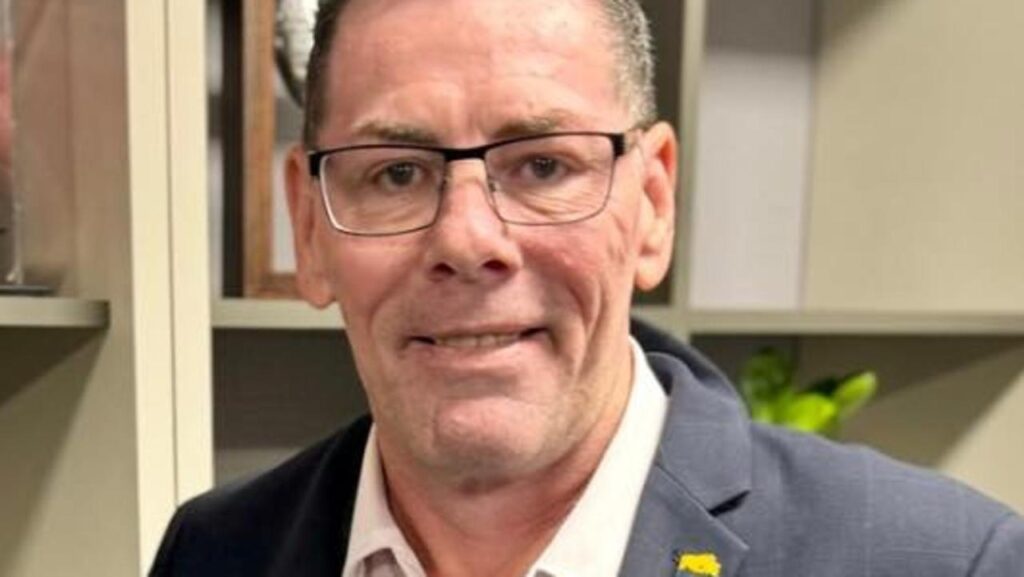Worrying update on housing targets
Written by admin on July 23, 2024
Australia is set fall 260,000 dwellings short of its targets for new housing to address the nation’s affordability crisis, according to a new study.
Oxford Economics Australia forecasts 940,000 new homes will be built by June 2029 – about 22 per cent below the 1.2m set out in the National Housing Accord.
Tight conditions in the construction industry are expected to make for a slow start to the program in some states, which experts predict won’t pick up until the latter half of the decade.
In the meantime, population growth will continue to drive demand and bring the current “dwelling stock deficiency” from 146,000 now to 164,000 by June 2027, the report states.
Oxford Economics Australia’s head of property and building forecasting Timothy Hibbert said the next financial year is also expected to be soft in terms of housing construction.
But the latter half of the decade should bring record levels of activity in the industry, Mr Hibbert said.
“While we will continue to experience a dwelling stock deficiency, activity will inevitably recover in the residential sector,” Mr Hibbert said.
“All build forms will contribute, driving total dwelling commencements to a new record level by the end of the decade.
“And a recovery in non-residential is due from 2026, led by hospital asset renewals and a strong pipeline of data centre builds,” he said.
“All told, from a weakened base, national total building construction is forecast to climb 39 per cent over the four years to FY2029, reaching a record $169.3 billion (constant FY2022 prices).”
Mr Hibbert said Western Australia was leading for new house demand including lot sales and Queensland was “primed as the next to move”.
The findings come a few weeks after the Urban Development Institute of Australia revealed modelling indicated the nation was on track for its lowest approvals since 2012.
“The Federal Government’s target of 1.2 million new homes over the next five years
will require an average of 262,000 approvals a year – a volume never achieved in
Australia and an alarming 38 per cent higher than the approvals set to be achieved in FY
24,” it found.
Sydney’s ‘soul’ at risk
The under supply of housing is often blamed for skyrocketing prices to both buy and rent property in major cities, with Sydney the flag-bearer for unaffordable homes in the country.
Housing Now!, an alliance of industry bodies, unions and councils, on Monday called for the NSW government to appoint a dedicated co-ordinator general to boost supply in the state.
Chair David Borger said Sydney’s housing crisis was “one of the greatest intergenerational challenges we may face in our lifetime”.
Under the proposal, a co-ordinator general could direct agencies to resolve planning issues quickly or overturn decisions that are holding up new projects.
“Sydney risks losing the city’s soul if the housing crisis isn’t addressed quickly,” Mr Borger said.
“Already, young people are leaving, and businesses and families will struggle off the back of this. There needs to be a change to the status quo, and a person must be accountable for enforcing this change.”
A recent report by the NSW Productivity Commission ound Sydney gained 35,000 people but lost 70,000 between 2016 and 2021.
About two of every three departures from the city are from those aged between 25 and 64, with people singling out housing prices and cost-of-living as a significant factor.
Former chief planner for the NSW Department of Planning and Environment Gary White said there needed to be a “release valve” to ease the clogged up approval system.
“When it is the case that government agencies, councils and planning panels are unnecessarily obstructing the approval of new homes and major housing projects, there needs to be someone who can step in and make sensible decisions to ensure NSW gets the housing it desperately needs,” Mr White said.
Under supply to worsen
National Housing Supply and Affordability Council chair Susan Lloyd-Hurwitz told a conference in May the housing crisis was “decades in the making” and that under supply would worsen in the near term.
“Over the six‑year period, from July 2023 to June 2029, we estimate there will be a shortfall of new market supply relative to new demand of 40,000 homes,” Ms Lloyd-Hurwitz said.
“This will add to the already significant under supply in the system, meaning that affordability is expected to continue to deteriorate.”
Ms Lloyd-Hurtwitz said it was “unlikely” the 1.2m target would be met, with the council expecting “just under one million” homes to be delivered over the five years.
“However, we believe it remains a suitably ambitious target which can focus us all on improving this outcome,” she said.
CoreLogic researcher Kaytlin Ezzy has this month noted an easing in national home value index growth, owing to a drop in sale listings.
In the four weeks to July 14, 137,000 properties were advertised nationally – which is about 17 per cent lower than usual at this time of year, she said.
“With many household budgets already stretched by the high cost of living and increased debt servicing costs, it’s likely some potential buyers are holding off and delaying purchasing decisions until the outlook for interest rates becomes clearer, which has reduced demand and taken some heat out of the market,” Ms Ezzy wrote.
Housing markets in Brisbane, Adelaide and Perth saw increases of less than two per cent over a 28-day period, while Sydney cooled to 0.03 per cent.
“While these markets will likely continue to outperform markets like Sydney and Melbourne in the near term, as these cities’ affordability advantage erodes, we’ll likely see a further easing in demand amid persistently high borrowing costs,” Ms Ezzy wrote.
Melbourne (-0.2 per cent) and Hobart (-0.05 per cent) went backwards due to “high levels of advertised supply” weighing down house prices.
The Victorian government has been rolling out its $5.3b “big build” project, announced in 2020, designed to deliver more than 12,000 homes throughout the state.







